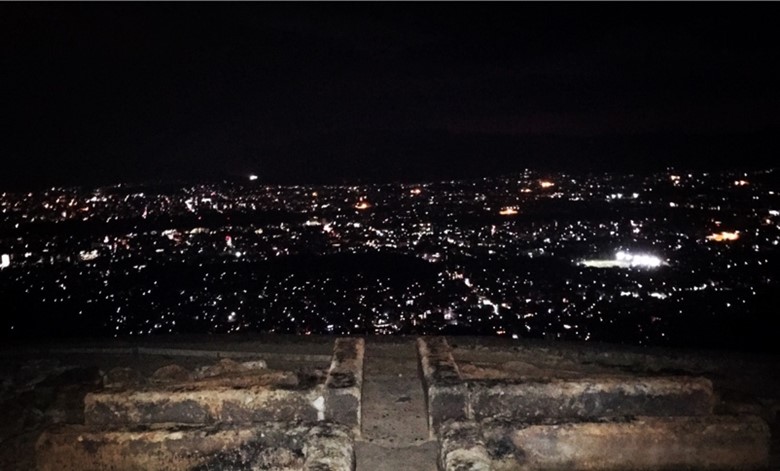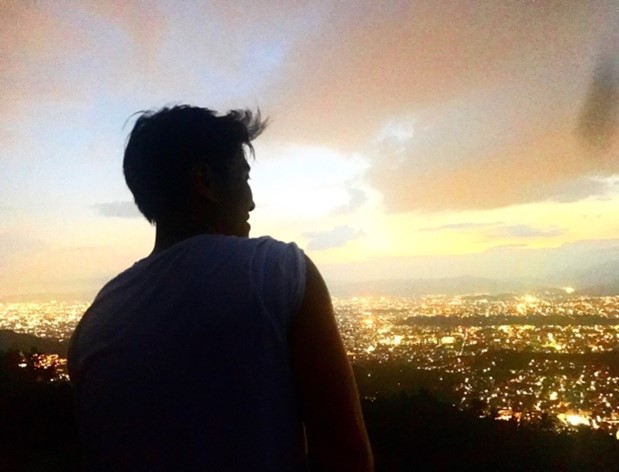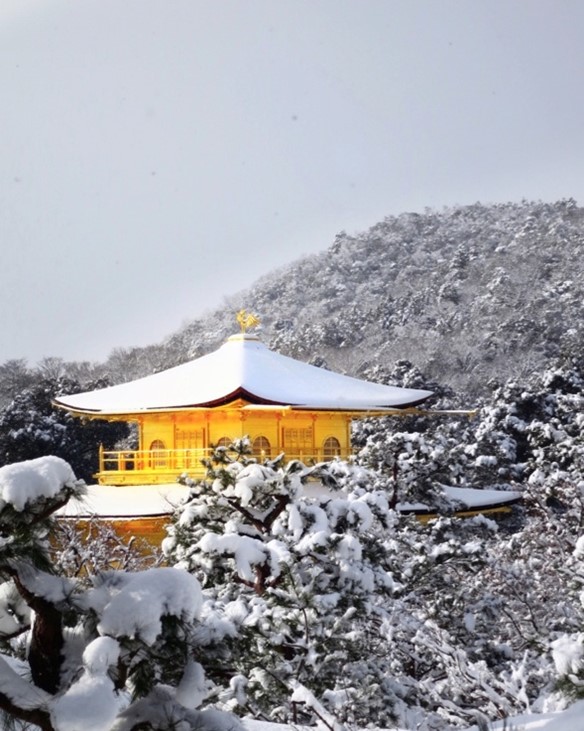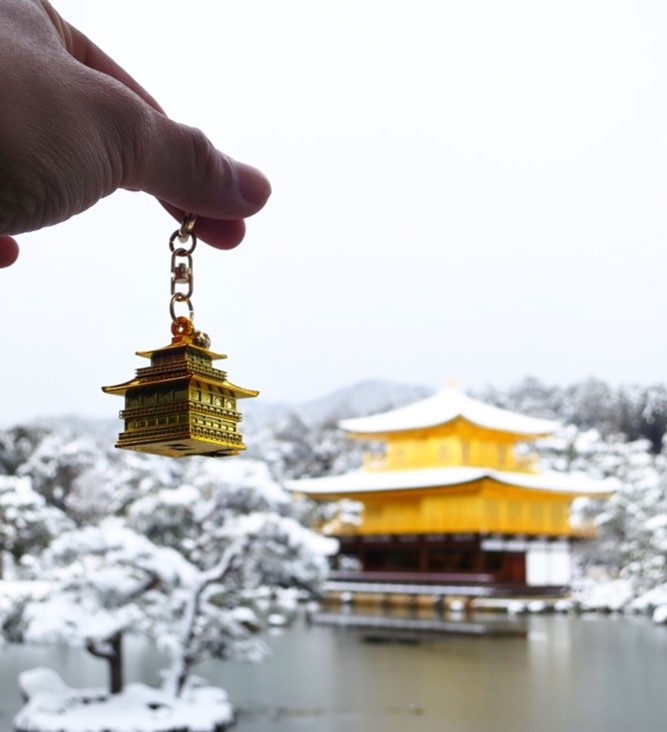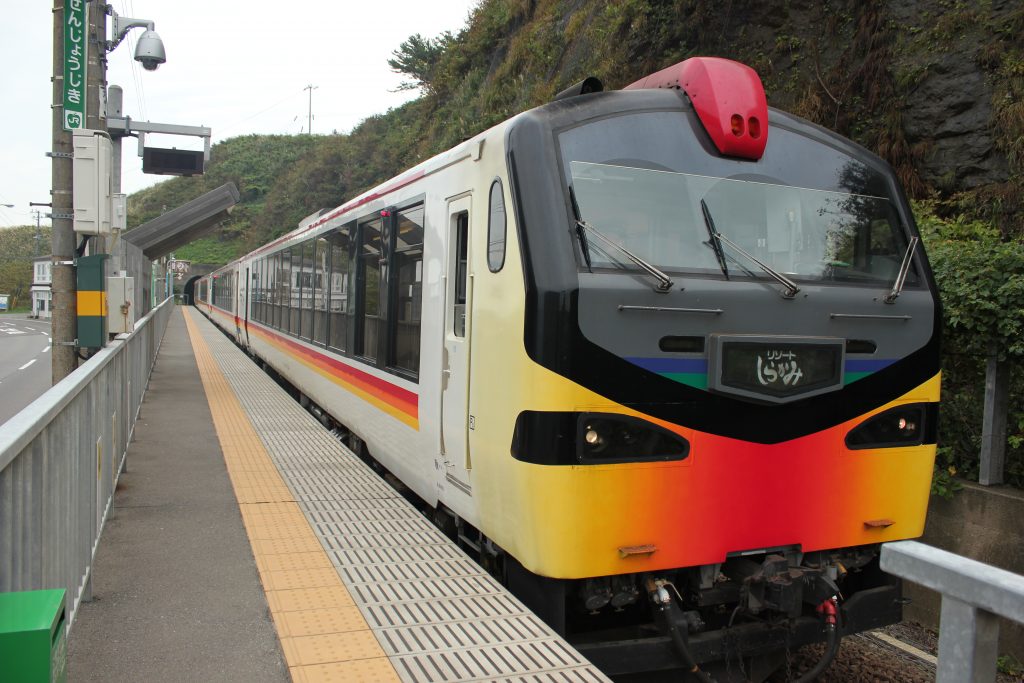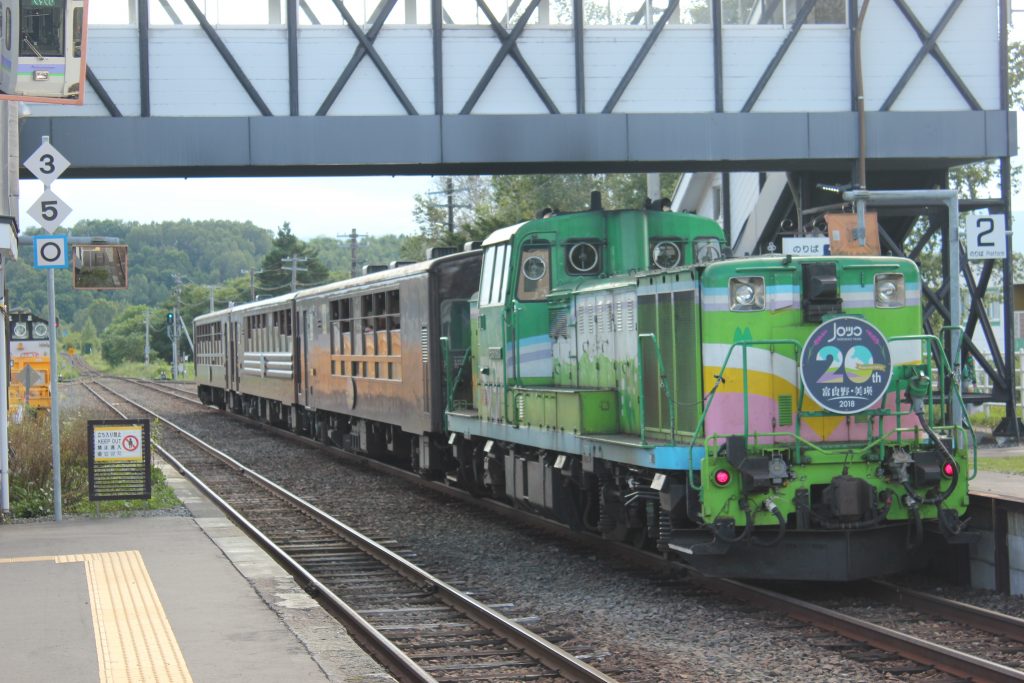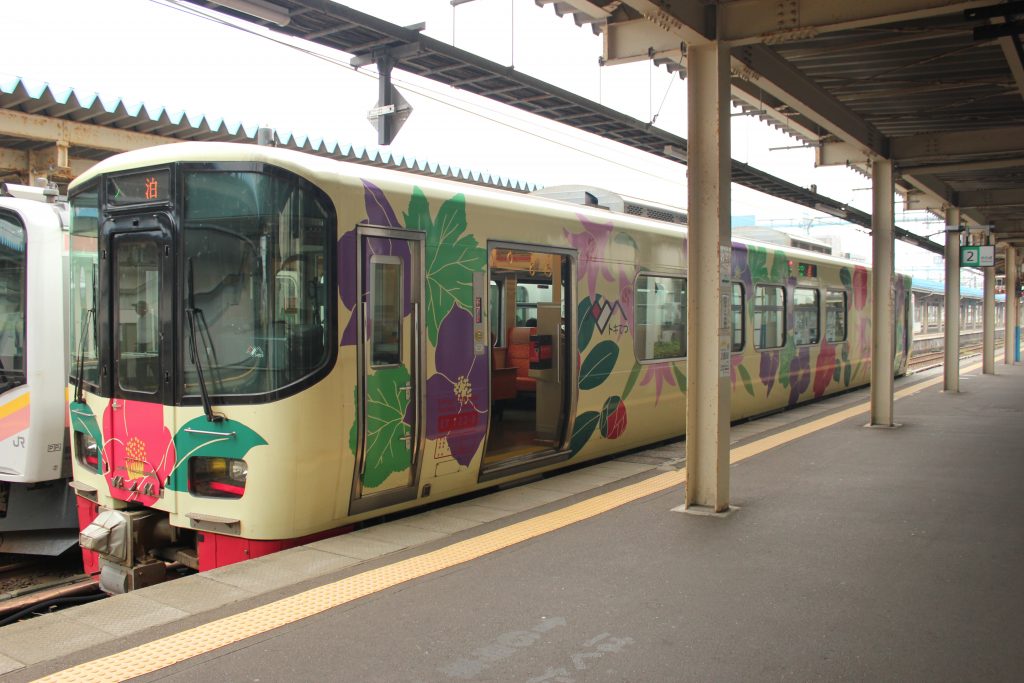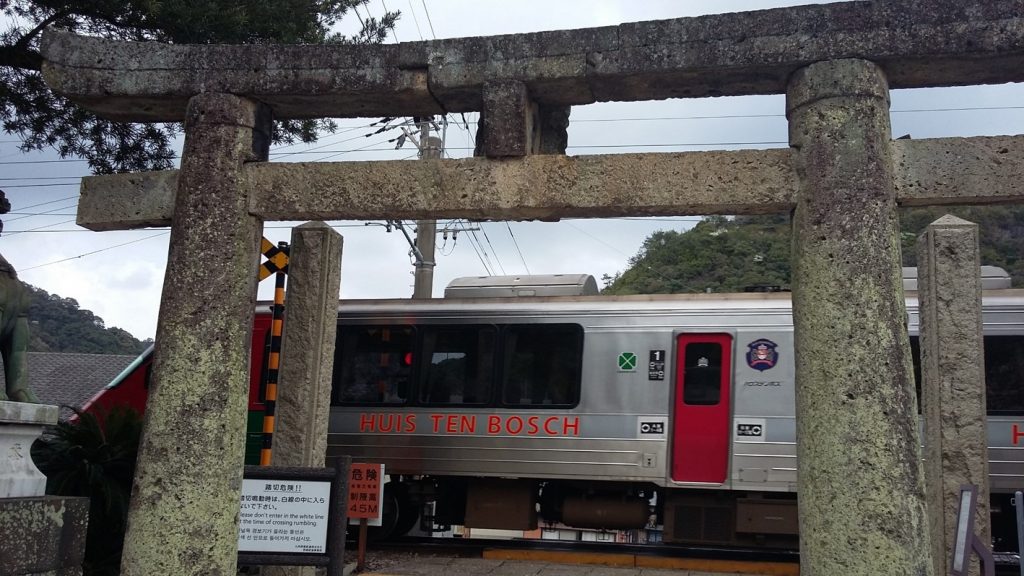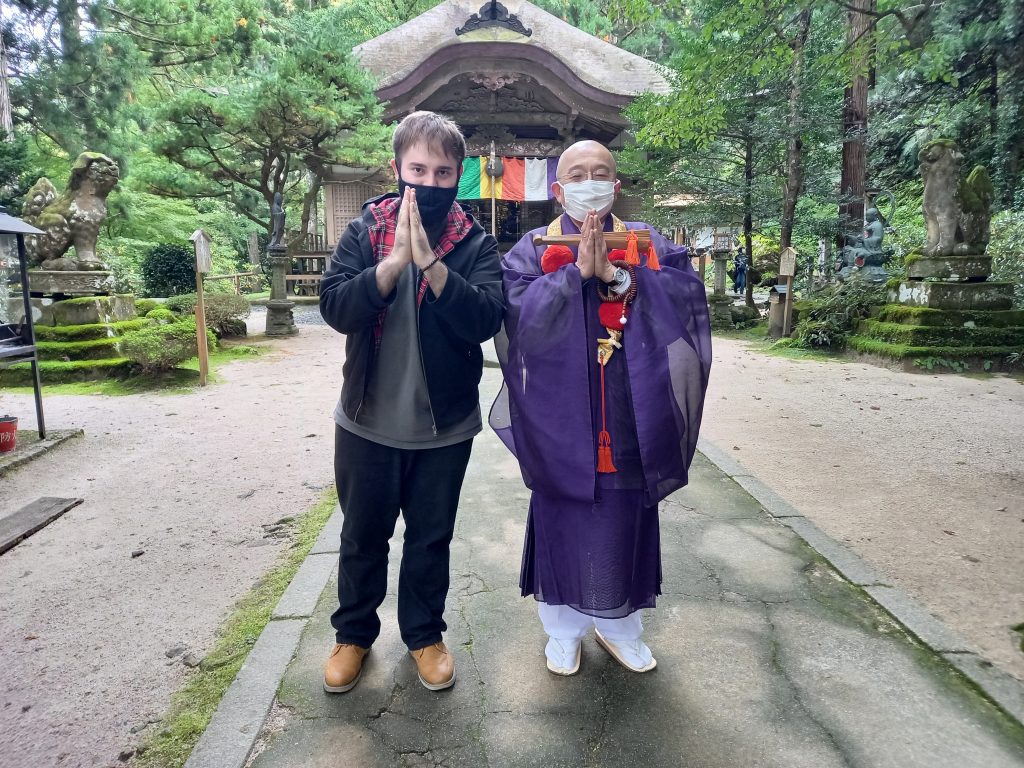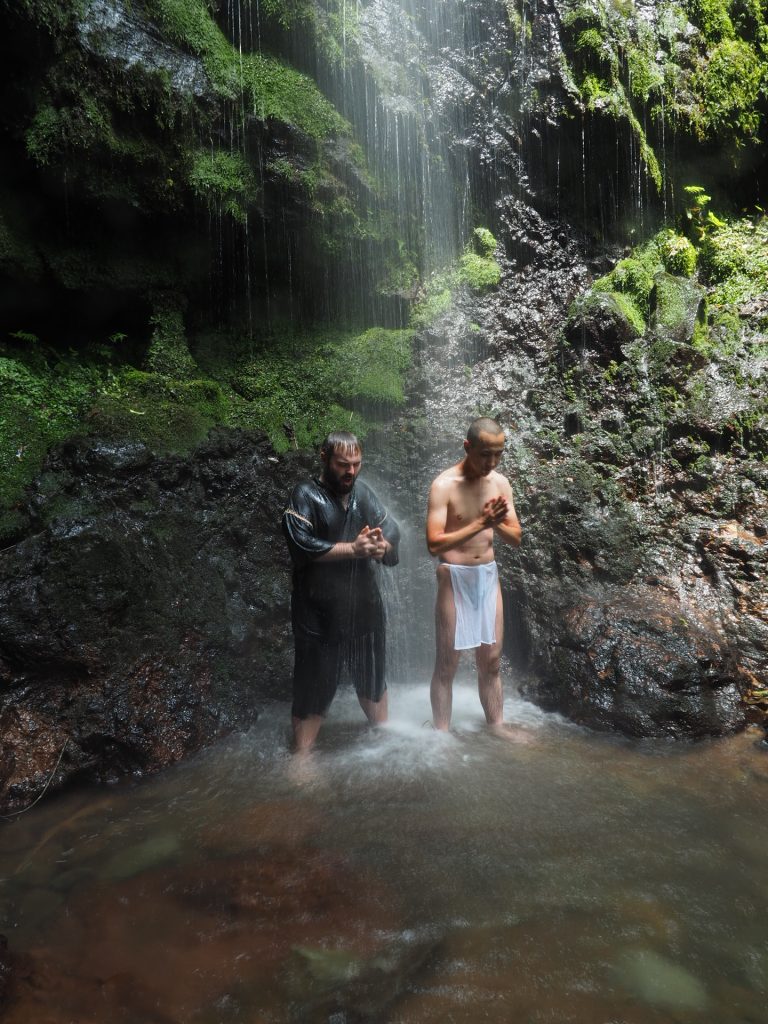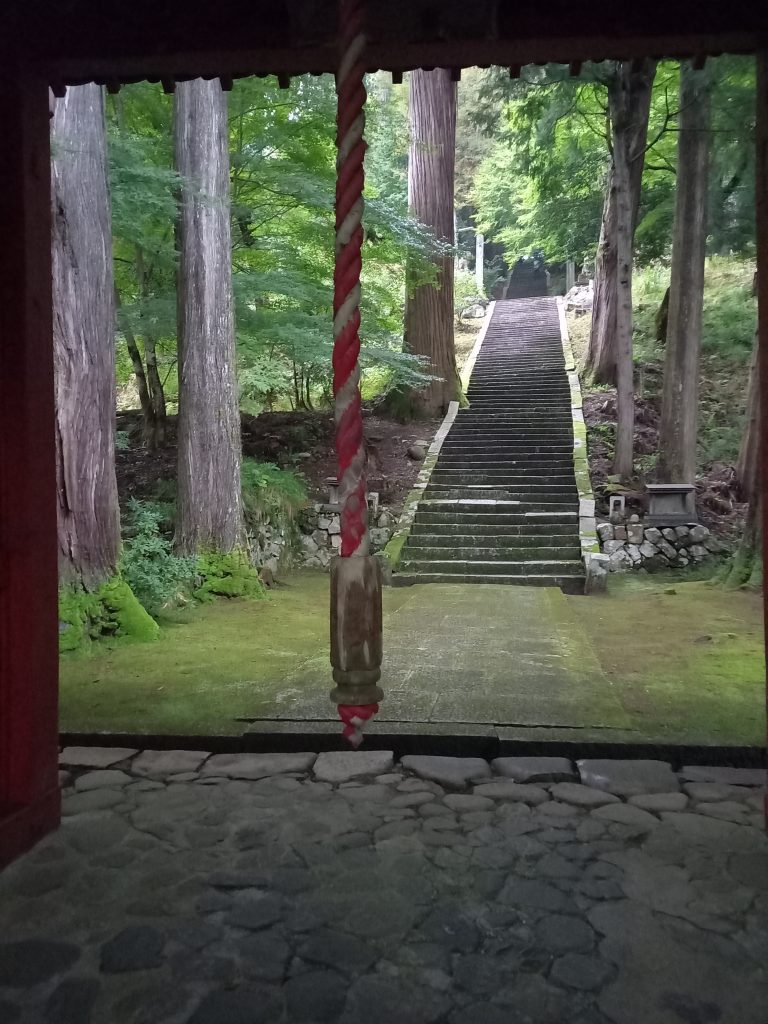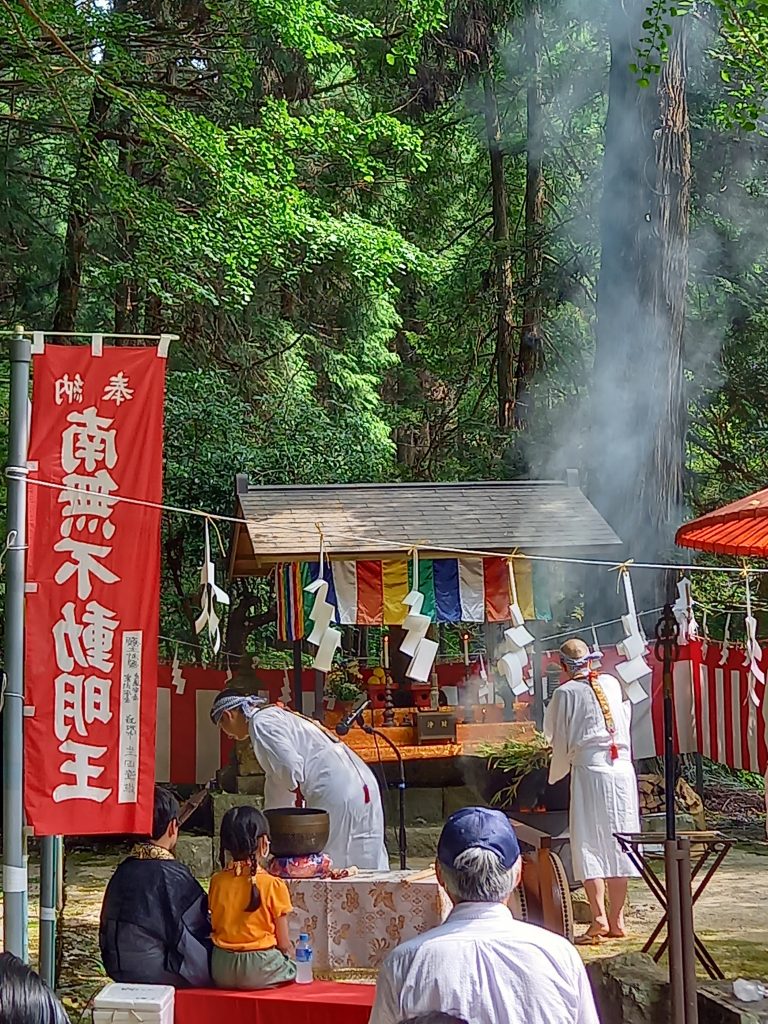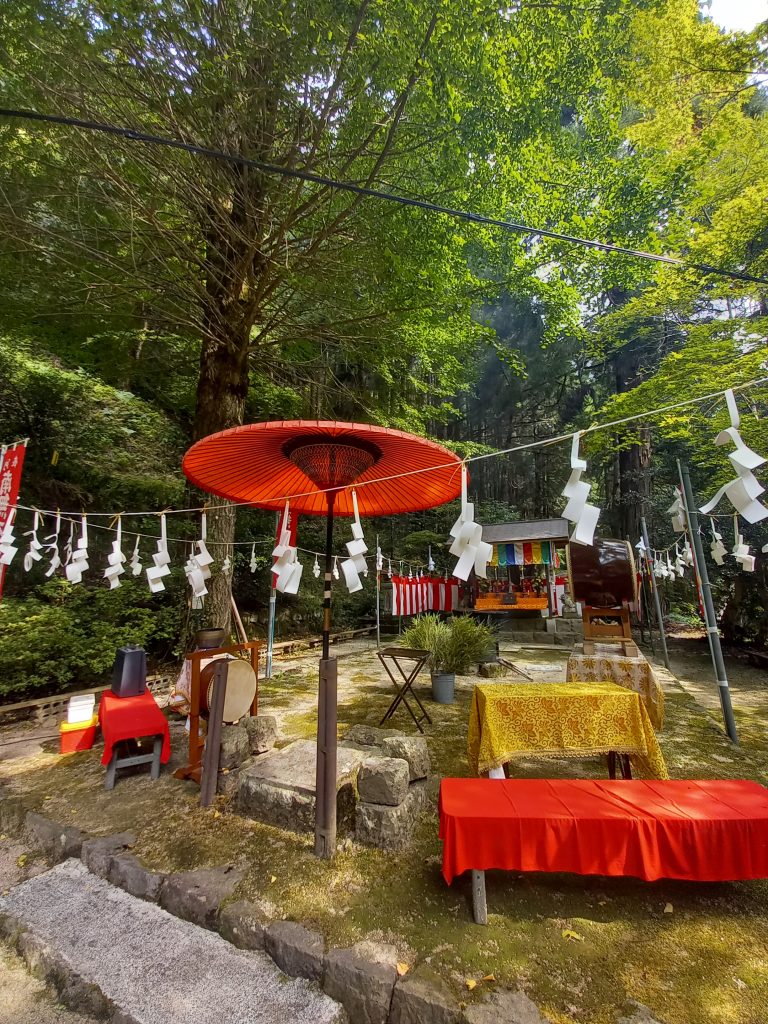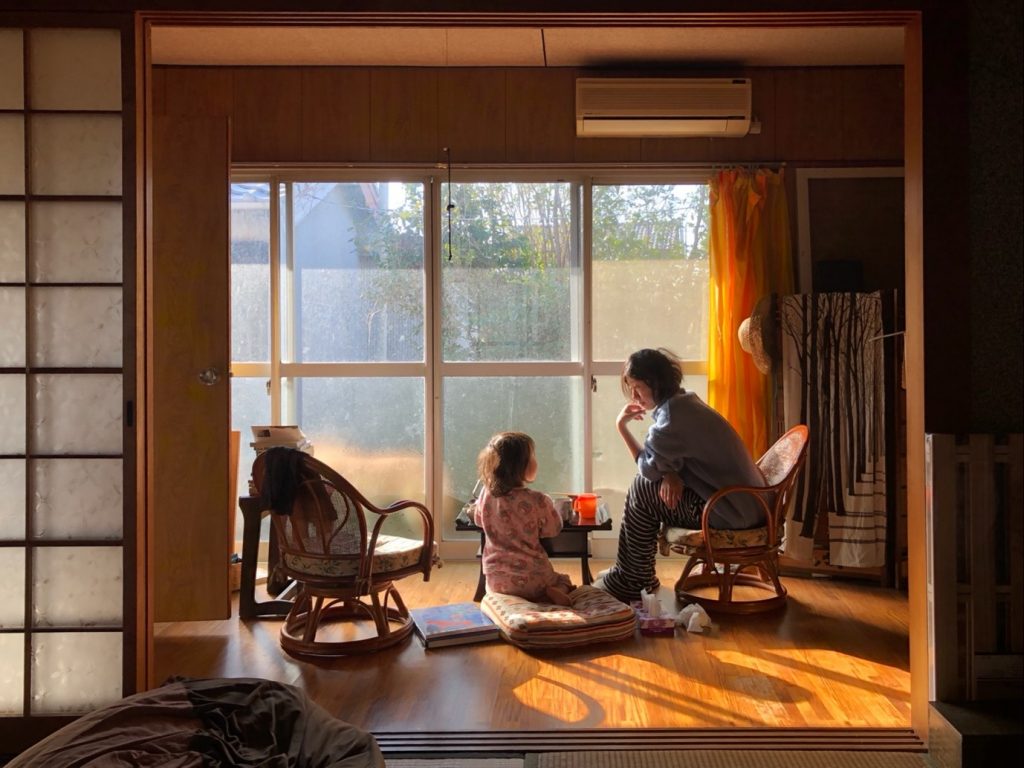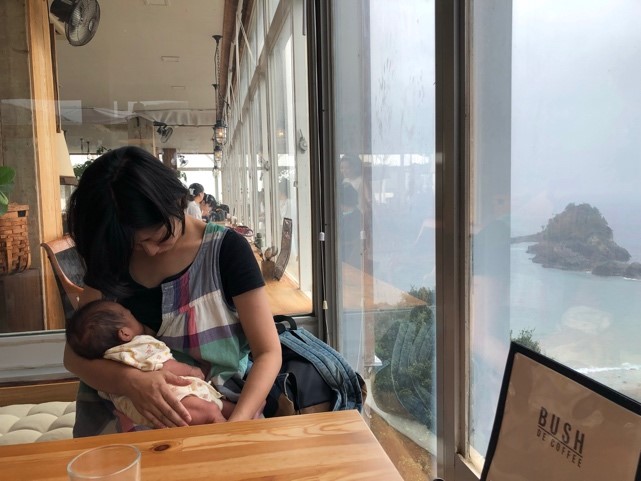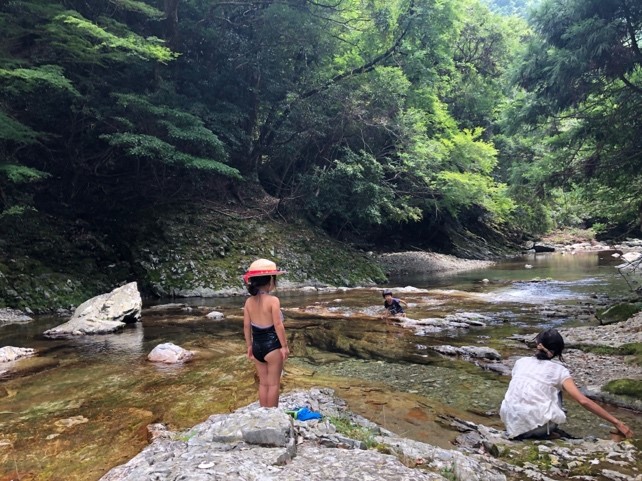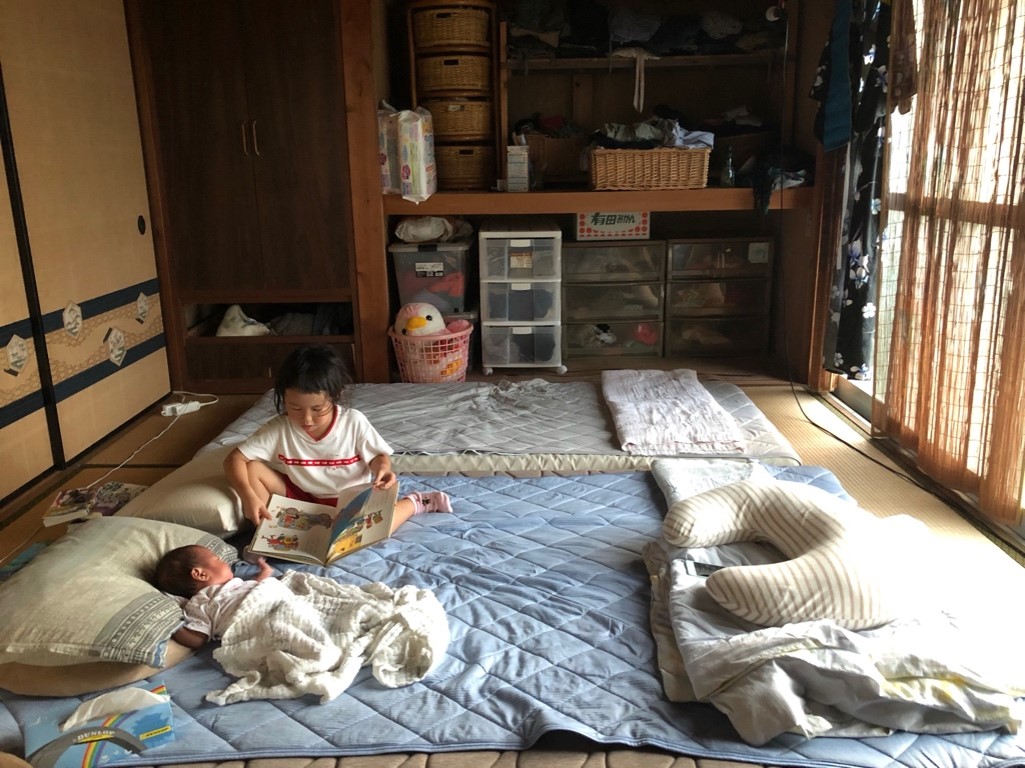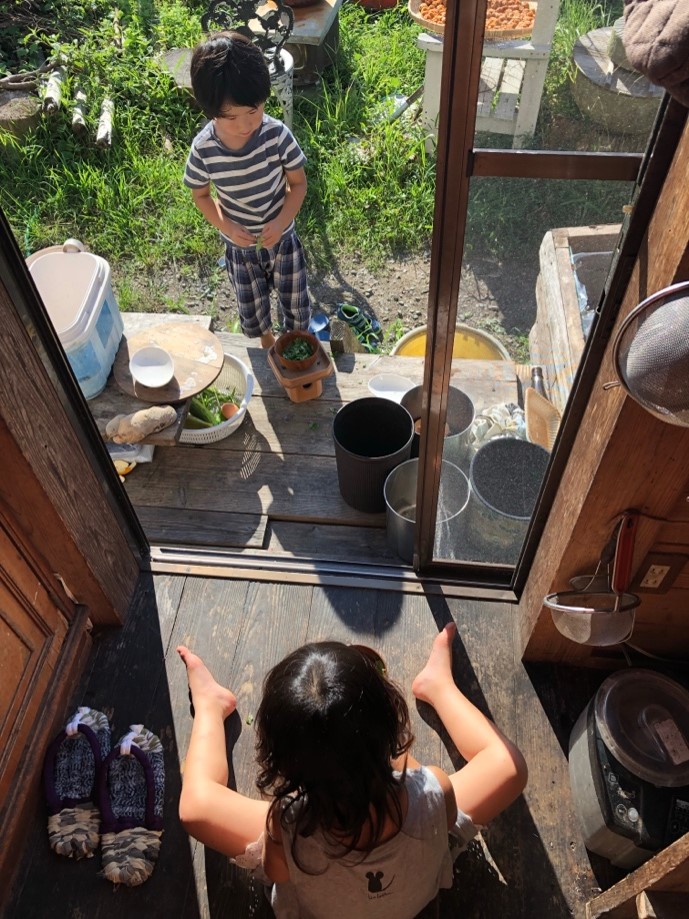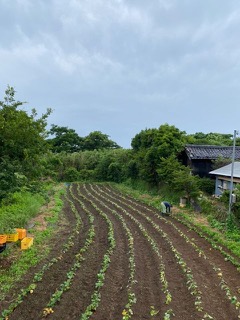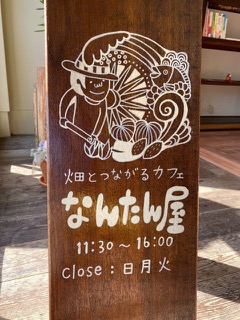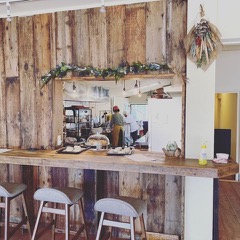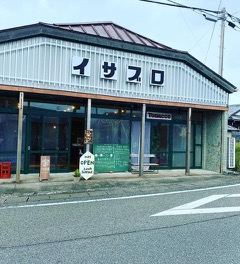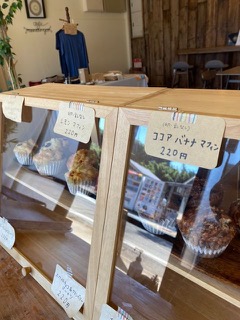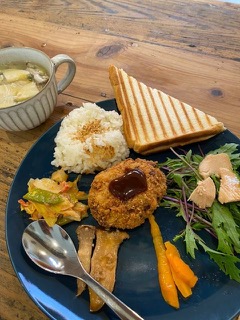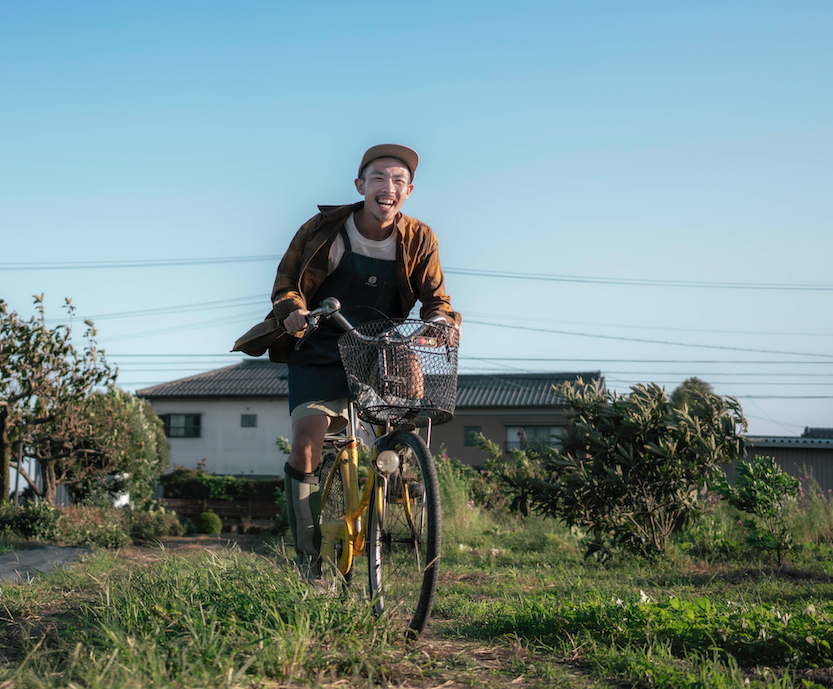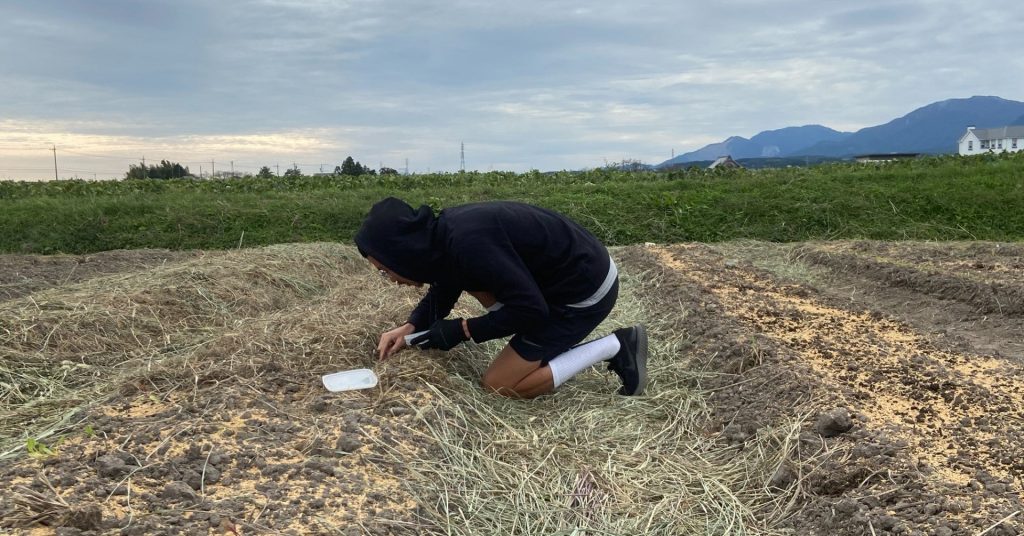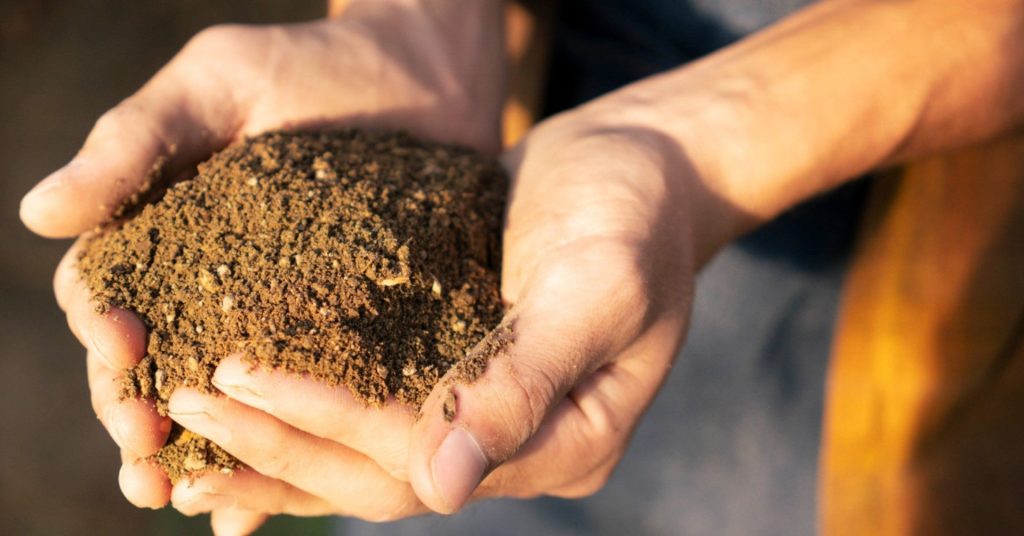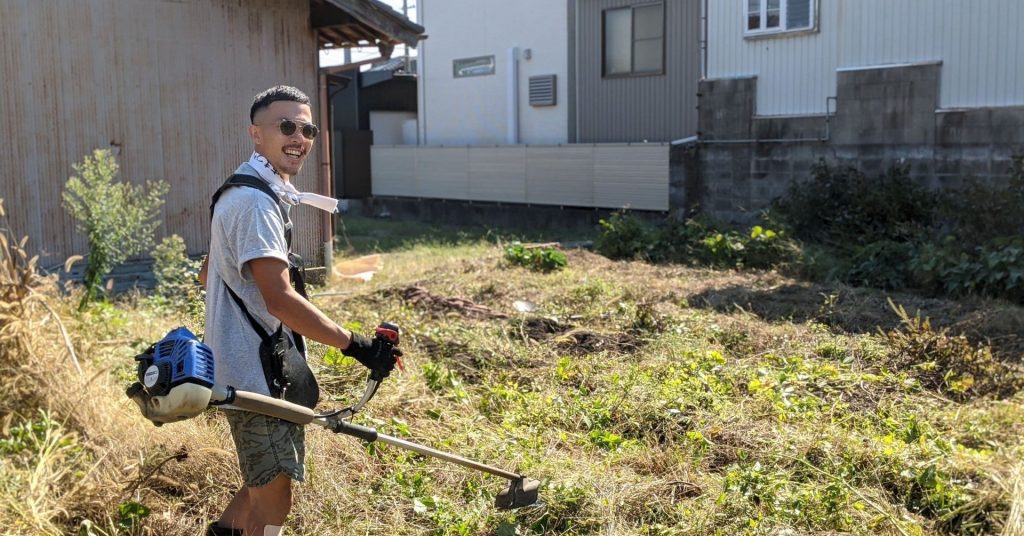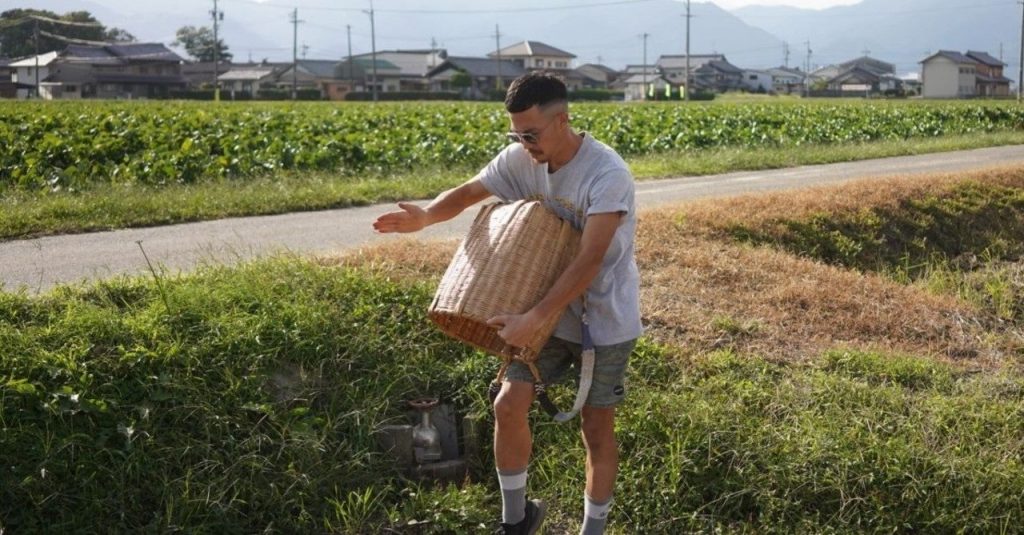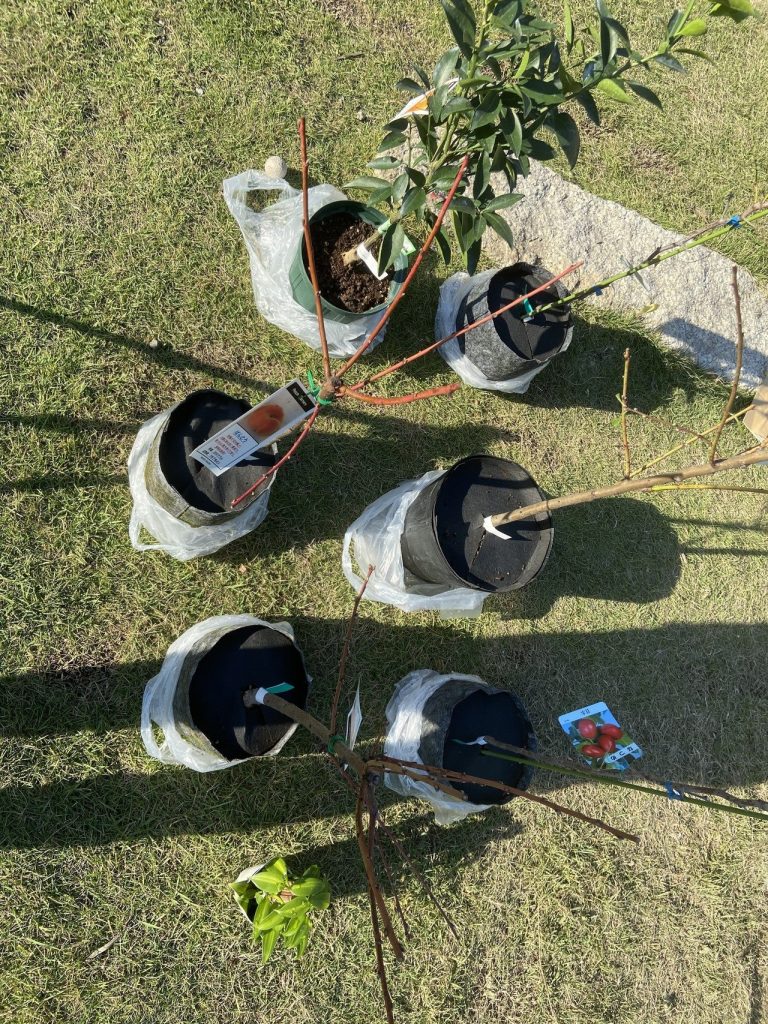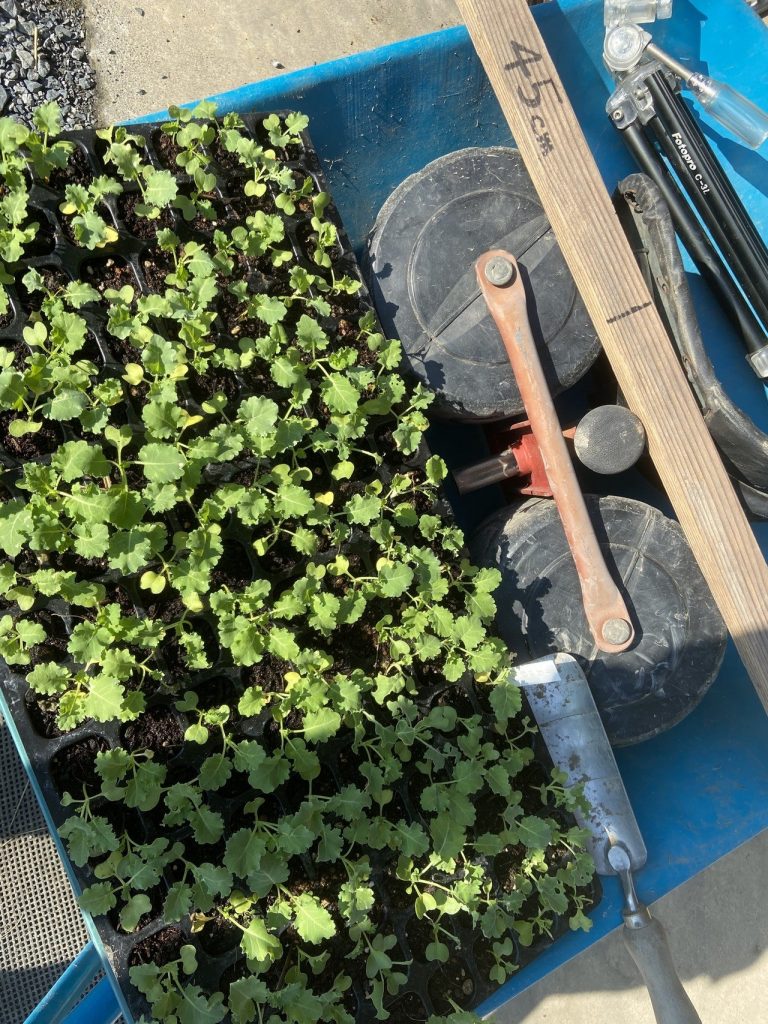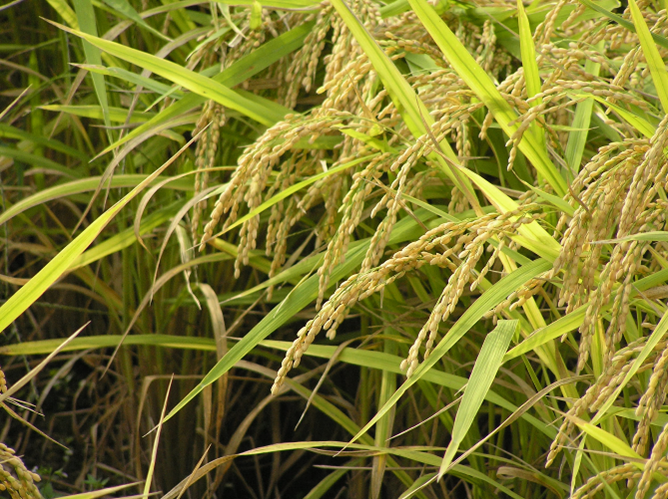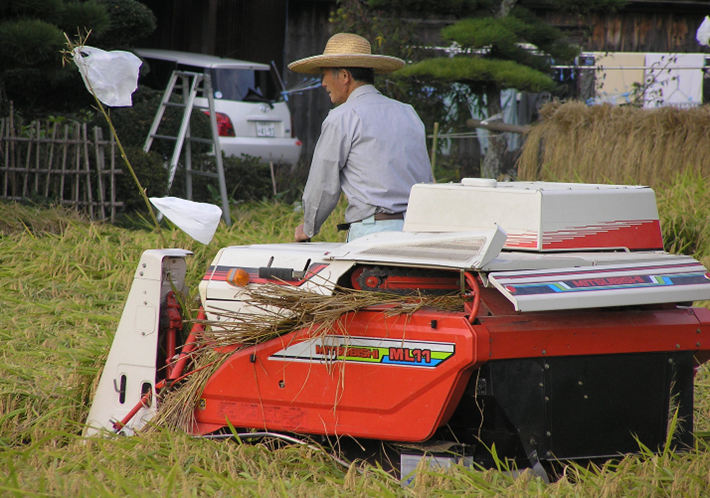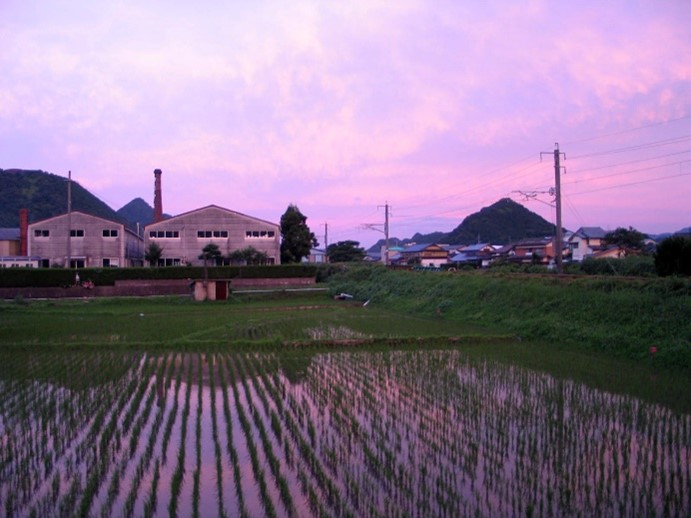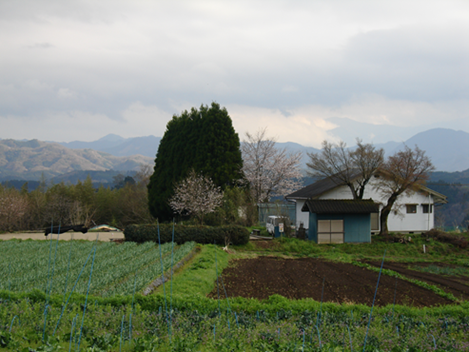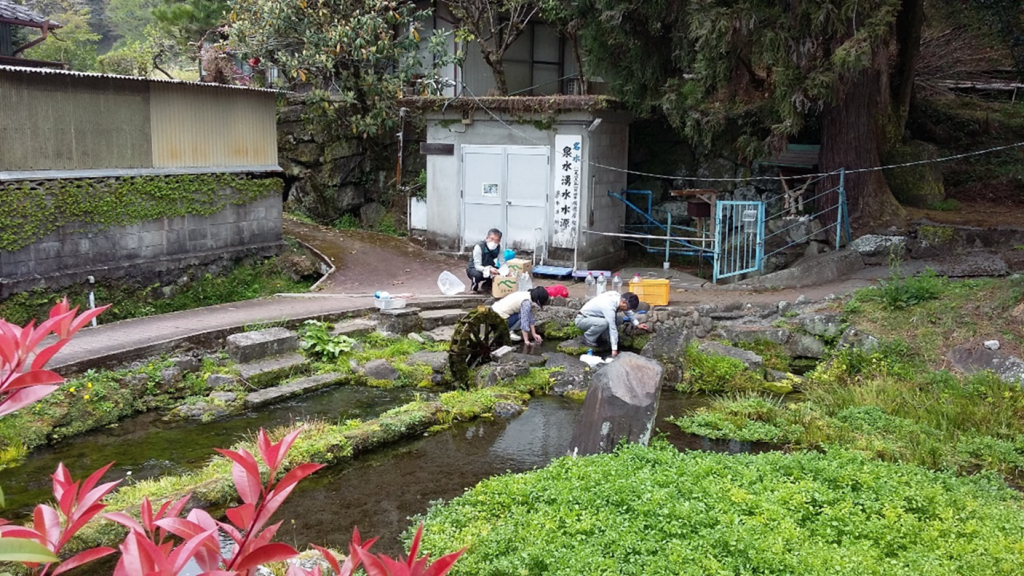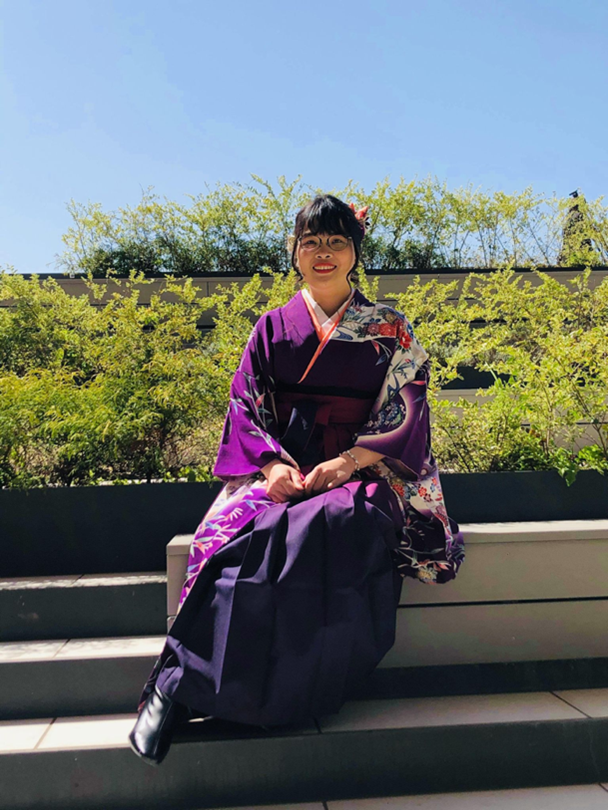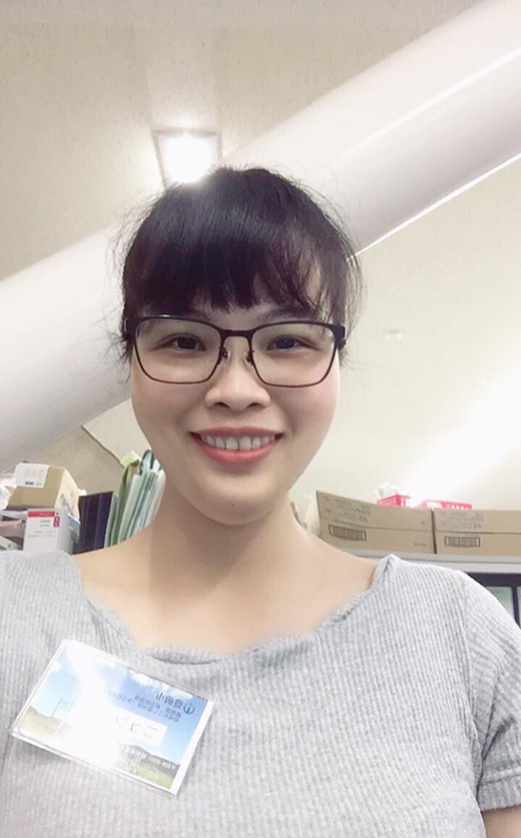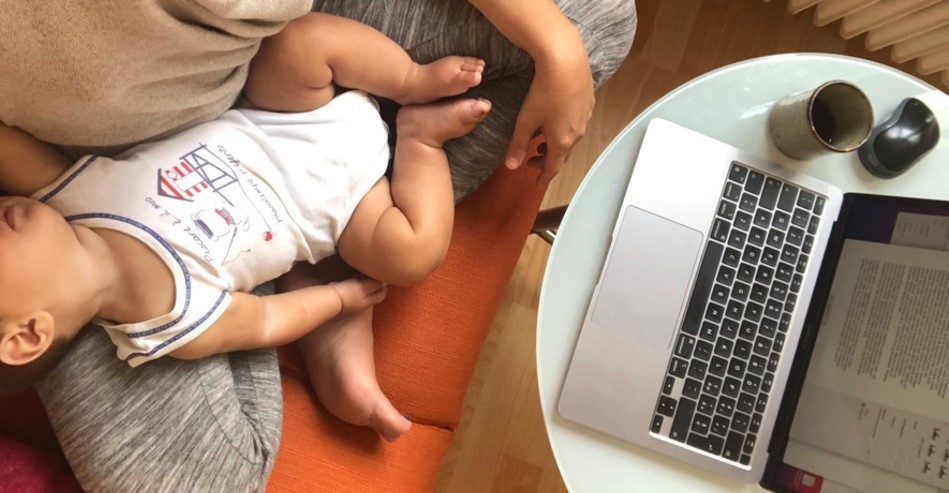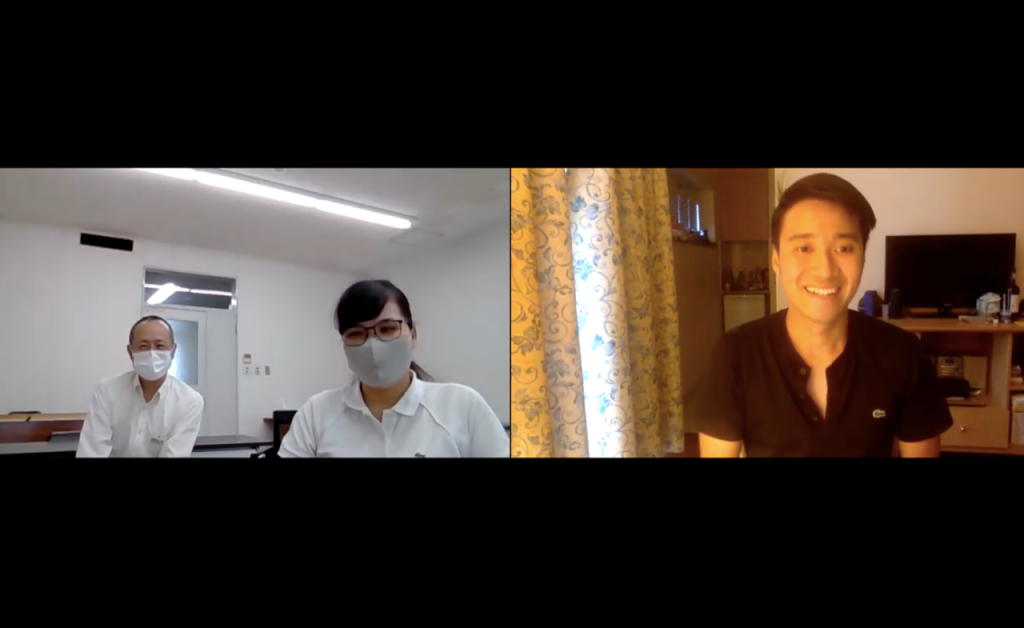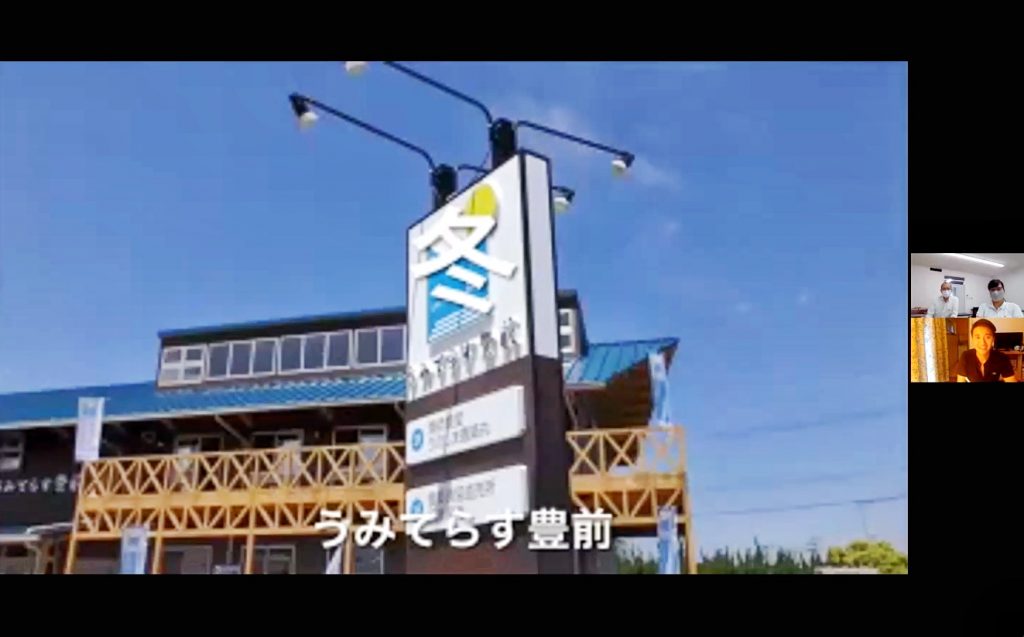by Ngo Tu Thanh (Frank Tu)
As mentioned in one of my previous posts , tourism is one of the rural revitalization strategies mentioned in the flagship Comprehensive Strategy for Communities, People and Work. However, the ambiguous language used in policy documents still left me wonder what the role of tourism actually is. Curious to find out, I tried to reach out to experts in the field. Fortunately, in mid-October, I had the opportunity to conduct an online interview with another Chiikiryoku Sōzō Advisor for the Ministry of Internal Affairs and Communications. The advisor has more than four decades of experience in rural revitalization. Better yet, her expertise lies in the fields of music, arts, culture, and tourism. Here, I present key takeaways from the interview.
Why is tourism a great strategy?The advisor argues that rural areas are extremely closed communities that heavily rely on personal connections. Moreover, she said, those in powerful positions are mostly conservative “grandpas of the Showa generation” and powerful members of the Chambers of Commerce. Thus, it could be a challenge to develop rural economies from the inside given such strong resistance. Tourism is a great way to revitalize rural areas because its main targets are not local residents, but those coming from the outside. Tourism brings financial resources to rural areas without disturbing the status quo too much. Moreover, tourism also creates jobs, mostly for small and medium-sized businesses.
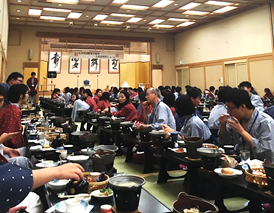
Tourism attracts large groups of people to rural areas
Copyright © Ngo Tu Thanh 2016
The promotion of tourism can also contribute to amenity-based development in Japan. According to the advisor, this strategy refers to the use and promotion of cultures and amenities for regional development. Personally, she has participated in many of such tourism promotion projects. For instance, she has organized jazz festivals to attract visitors to rural areas; organized water-theater shows on night-view lakes or promoted IR resorts (integrated resorts that have casinos, theaters, nightlife activities etc.).
Copyright © Ngo Tu Thanh 2018
Moreover, she also believes that tourism styles have been changing in recent years. For instance, instead of going to Kyoto or visiting Mount Fuji, many wealthy Chinese tourists, for example, are now choosing to take their families to rural Japan for lungs-cleansing tours (haisen tsuā), mikan-picking tours or forest therapy tours. To offer this kind of tourism is a potential strategy to attract visitors, both domestic and inbound, to rural areas.
Copyright © Ngo Tu Thanh 2017
What should be done to further promote rural tourism? First, the advisor mentioned that disseminating information is crucial for rural revitalization. For instance, to promote rural tourism, it is important to create high-impact visuals that appeal to people around the world. Next, acknowledging issues such as the inconvenient public transportation system in rural areas, she believes that the adoption of Uber into rural areas could also be another potential strategy to promote rural tourism and development. However, she is wary that Japan’s Taxi Associations are still very powerful in Japan and will lobby against it.
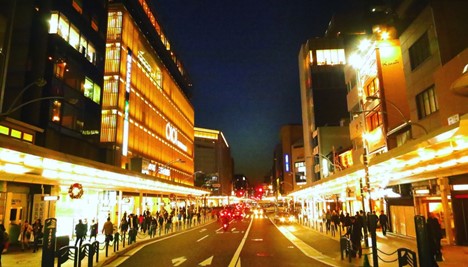
Copyright © Ngo Tu Thanh 2016
Personally, this was a very enlightening interview for me. Aside from the insights about tourism, I was able to hear a lot of new perspectives on gender issues, for example. For instance, the advisor said that Japan is currently dominated by old men at both local and central levels, who might have been hindering Japan’s rural revitalization efforts by clinging onto power for too long. Although these old guards might have played a crucial role in rebuilding Japan after the war, they are now falling behind when it comes to tech-savviness and creativity, compared to younger generations. Hence, a good way forward is for a generational change to take place.

